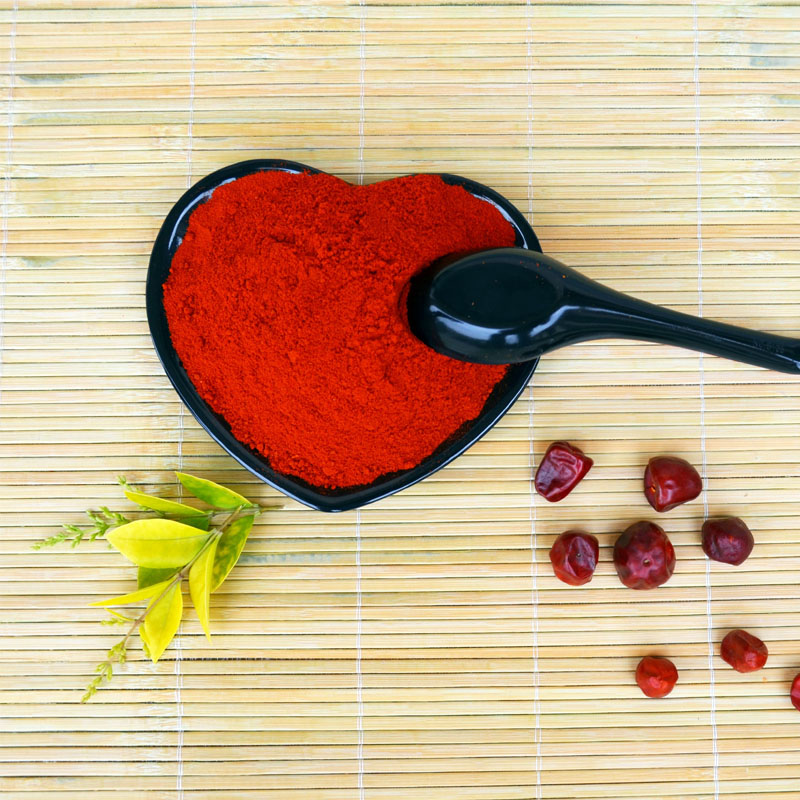- No. 268 Xianghe Street, Economic Development Zone of Xingtai city, Hebei 054001 China
- Byron@hbhongri.cn
Exploring the Varieties and Uses of Different Paprika Types
The Intriguing World of Different Paprikas
Paprika is not just a seasoning; it's a vibrant testimony to the rich culinary traditions of various cultures around the world. Derived from a variety of Capsicum annuum peppers, this spice comes in numerous forms, each with its unique flavor profile, color, and culinary application. As we delve into the intriguing world of different paprikas, we discover not only their characteristics but also their significance in global cuisines.
The Origins of Paprika
Although the history of paprika can be traced back to Central America, it found its way to Europe during the Spanish conquests in the 16th century. While initially a novelty, it quickly became a staple in countries such as Hungary and Spain. Over time, different regions have cultivated their specific varieties of paprika, each adapted to local tastes and cooking styles.
Hungarian Paprika
One of the most famous paprikas is the Hungarian variety, which is often viewed as the pinnacle of paprika cultivation. It comes in several grades, including sweet, semi-sweet, and hot. The vibrant red color is not just for aesthetics; it reflects the high levels of carotenoids present in the peppers, making it a rich source of color and flavor. Hungarian paprika is crucial in traditional dishes like goulash and paprikash, where it contributes a deep, smoky flavor that defines these iconic meals.
The Hungarian paprika is typically divided into different types based on flavor intensity—sweet, hot, or a mix of both. Each type brings its unique touch to dishes, making it an essential ingredient in varying recipes across Europe.
Spanish Paprika
Meanwhile, Spanish paprika, known as pimentón, showcases a different style. Often smoked, it offers a rich, deep flavor thanks to the unique drying methods used. Pimentón is categorized into three distinct varieties dulce (sweet), picante (spicy), and agridulce (bittersweet). This smokiness adds an enigmatic depth to dishes like chorizo, paella, and various stews.
different paprikas

The use of pimentón in Spanish cuisine goes beyond mere seasoning; it represents a cultural attachment to flavors that define Spanish identity. The traditional method of drying peppers over an oak wood fire imparts a unique taste that is hard to replicate, making Spanish paprika a highly sought-after ingredient for chefs and home cooks alike.
Other Varieties of Paprika
Beyond Hungary and Spain, countries such as Morocco, France, and even the Americas have their own interpretations of this spice. For example, Moroccan paprika is often part of the spice mix known as ras el hanout, where it contributes to the warm spices that define Moroccan cuisine. French paprika, on the other hand, is usually milder and used in dishes like ratatouille for subtle flavor enhancement.
In the United States, paprika is frequently used as a garnish or seasoning for dishes like deviled eggs and potato salads. Its usage reflects a blend of cultural influences, as various immigrant communities brought their own culinary traditions, integrating paprika for added color and taste.
Cooking with Paprika
When using paprika in the kitchen, it's essential to consider its unique attributes. Sweet paprika will lend warmth and sweetness to a dish, while hot paprika can elevate the heat. The smoked variety, on the other hand, works wonders in adding depth to roasted vegetables and meats.
As a general rule, paprika should be added early in the cooking process to allow its flavors to develop fully. However, it can also be sprinkled atop finished dishes as a beautiful garnish, showcasing its vibrant red color that tantalizes the visual senses.
Conclusion
In conclusion, paprika is much more than just a spice; it is a culinary bridge that connects cultures and histories. From the sweet, rich flavors of Hungarian paprika to the smoky allure of Spanish pimentón, each variety brings its own story to the table. As we continue to explore the world of spices, let us celebrate the versatility of paprika and the delightful wonders it can create in our kitchens. So, the next time you reach for that vibrant red jar, remember the rich traditions and flavors it embodies, adding another layer of depth to your culinary adventures.
-
Unlock the Power of Nature with Capsicum Oleoresin ExtractNewsJul.03,2025
-
Unleash the Heat: Discover the Wonders of Spicy Crushed Red PepperNewsJul.03,2025
-
Unleash the Flavor of Red Pepper Pods – Elevate Your Culinary Creations!NewsJul.03,2025
-
The Rich Flavor of Red Pepper Dried – The Ultimate Ingredient for Your Culinary Creations!NewsJul.03,2025
-
Discover the Rich Flavor of the PaprikaNewsJul.03,2025
-
Discover the Flavorful World of Paprika & Chili ProductsNewsJul.03,2025







